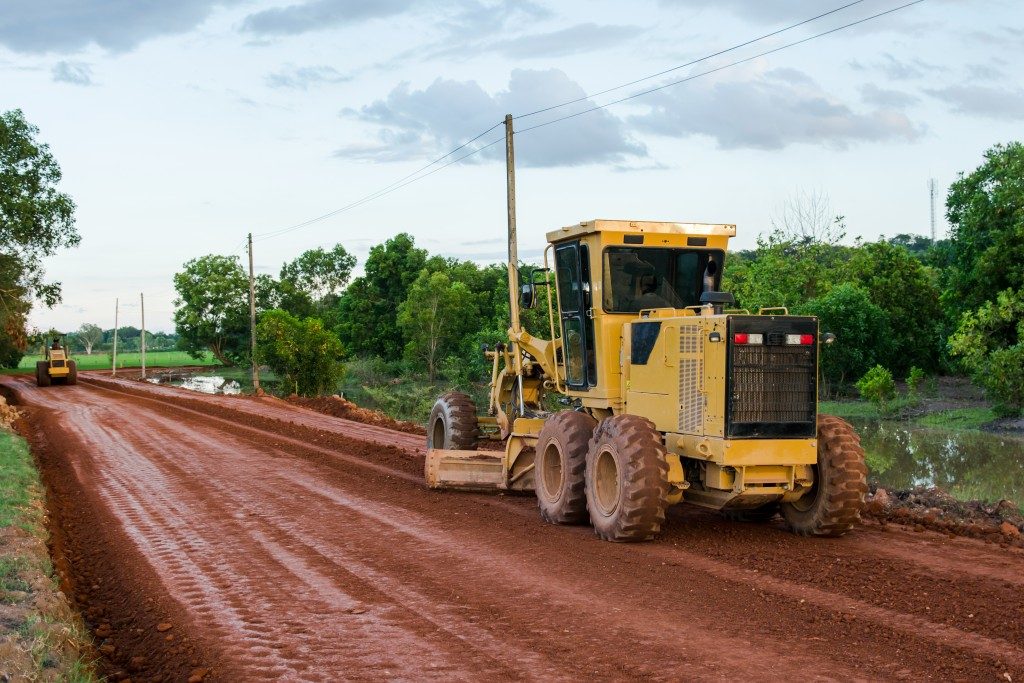It is hard to fathom a modern world without heavy machinery. In particular, one type of machinery that has revolutionized the way our world is built is heavy lifting equipment. This has allowed us to lift materials to ever greater heights, enabling the construction of modern engineering marvels like skyscrapers, bridges, and towers. This, in turn, has fueled the rise of modern metropolises that are so common today.
Because such engineering feats are relatively commonplace nowadays, it is easy to take for granted how dangerous working in construction can be. Indeed, though machinery and equipment make the process easier, using these also comes with risks. If a piece of heavy equipment malfunctions, this may lead to onsite accidents and injuries, which also results in lost productive hours and greater costs to the project.
Hence, it is important always to ensure that heavy equipment is safe for use. Here are some ways to do just that at your project site:
1. Conduct tests and risk assessments.
Even before you start using the equipment, you should already be sure that it is safe to use and capable of carrying out its designated function. This is why it is important to carry out tests and risk assessments not only to make sure your equipment is safe but also to ensure that it is also compliant with government and industry standards.
Various companies offer mobile services that allow equipment to undergo onsite testing in GA. This is especially recommended for heavy lifting equipment, as it allows work conditions to be simulated to ensure that during the actual construction work, the equipment will not fail.
2. Perform regular maintenance.

If the equipment is maintained well, this reduces the risk of parts malfunctioning or being damaged when they are in use. Furthermore, it provides the opportunity for any existing problems or damages to be discovered before the equipment is used to lift heavy objects. These problems may then be repaired as soon as possible, which means the heavy equipment can function at peak levels when being used on the job, thereby contributing to a safer and more productive work environment.
3. Provide proper training for workers.
Those operating the heavy equipment must be properly oriented and trained on how to use such machinery, especially since this equipment can be highly technical. Hence, specialized training is recommended and can help ensure safety at the project site. Moreover, it allows the workers to be able to troubleshoot any problems should something go wrong while the equipment is in use, which can prevent further damage to the equipment, as well as prevent any onsite accidents.
4. Mandate the use of safety equipment.
Any accidents that may occur as a result of a breakdown in a piece of heavy equipment can result in injuries, especially when no safety equipment is being used. For instance, sharp edges, broken parts, and pieces of shrapnel may cause cuts, while falling debris can cause crush injuries.
Hence, workplace safety attire, such as protective footwear and gloves, safety helmets, and hard helmets, should be mandatory in any site surrounded by heavy machinery. These will help protect the workers from operating the equipment — as well as others present at the site — from any workplace injuries or accidents.
Heavy equipment and machinery do come with risks that we often do not think about. Hence, it is important that the proper safety measures are in place to ensure that nothing untoward happens, even as the construction industry only continues to grow.

